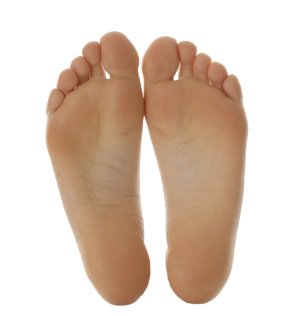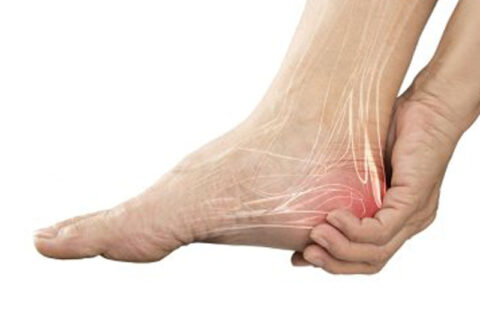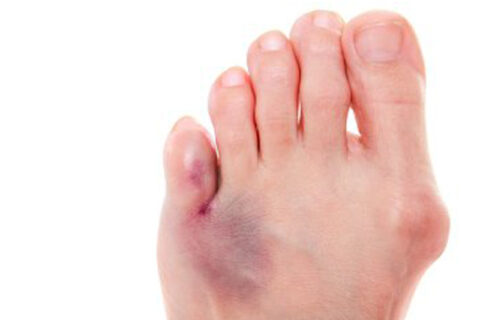How Ganglion Cysts Can Affect Your Feet
Ganglion cysts are fluid-filled masses that can cause discomfort. Although ganglion cysts most commonly appear on the wrists and hands, they can and do affect your feet. If you experience one of these common soft-tissue injuries, visit your foot doctor in Sugar Land as soon as possible. Early treatment can often prevent the cyst from worsening and reduce the need for foot surgery in the future. If a ganglion cyst is affecting your feet, here is what you need to know.

What Causes Ganglion Cysts?
Doctors are unsure what causes ganglion cysts to occur. Some experts believe that the cysts are the result of some kind of trauma to the soft tissue and that the ganglion cyst is actually a collection of several smaller cysts. Others suspect that a flaw in a joint allows connective tissue to bulge, creating the cyst. In many cases, people who experience a ganglion cyst cannot point to any kind of injury or other occurrence that preceded the appearance of the cyst.
What Are the Symptoms?
The cyst itself, which is usually a soft, unmovable lump, is typically the first sign. Some people also experience aching or throbbing pain. Typically, cysts get bigger over time and may suddenly reduce in size or disappear completely, only to reappear again. Rather than waiting out a cyst to see if it goes away, it is helpful to see your foot doctor when it appears, so he or she can evaluate it when it is flared up.
What Types of Treatments Are Available?
If you have a ganglion cyst, your foot doctor may recommend aspiration. During an aspiration procedure, your doctor will remove the fluid inside of the cyst using a needle and may inject corticosteroids to ease the inflammation. If the cyst is not painful, simply monitoring the cyst may be enough. For persistent and painful cysts, foot surgery may be needed. Foot surgery is the most effective procedure for chronic cysts, which often reappear after aspiration.

